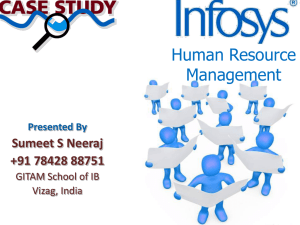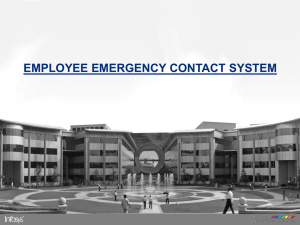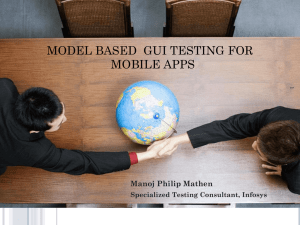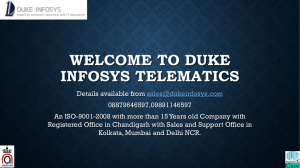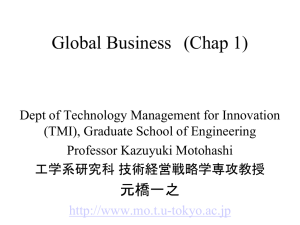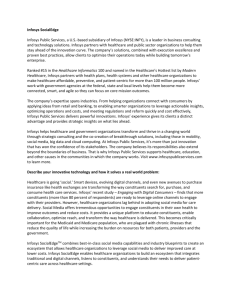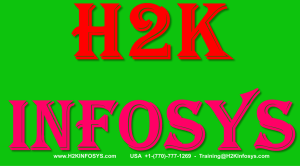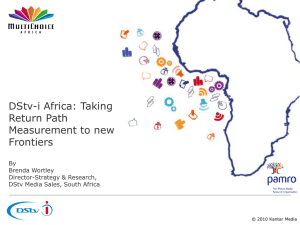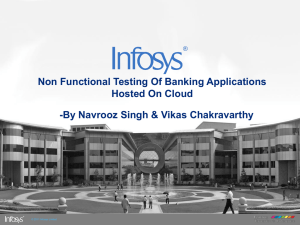File - Chau P. Tran`s Portfolio
advertisement
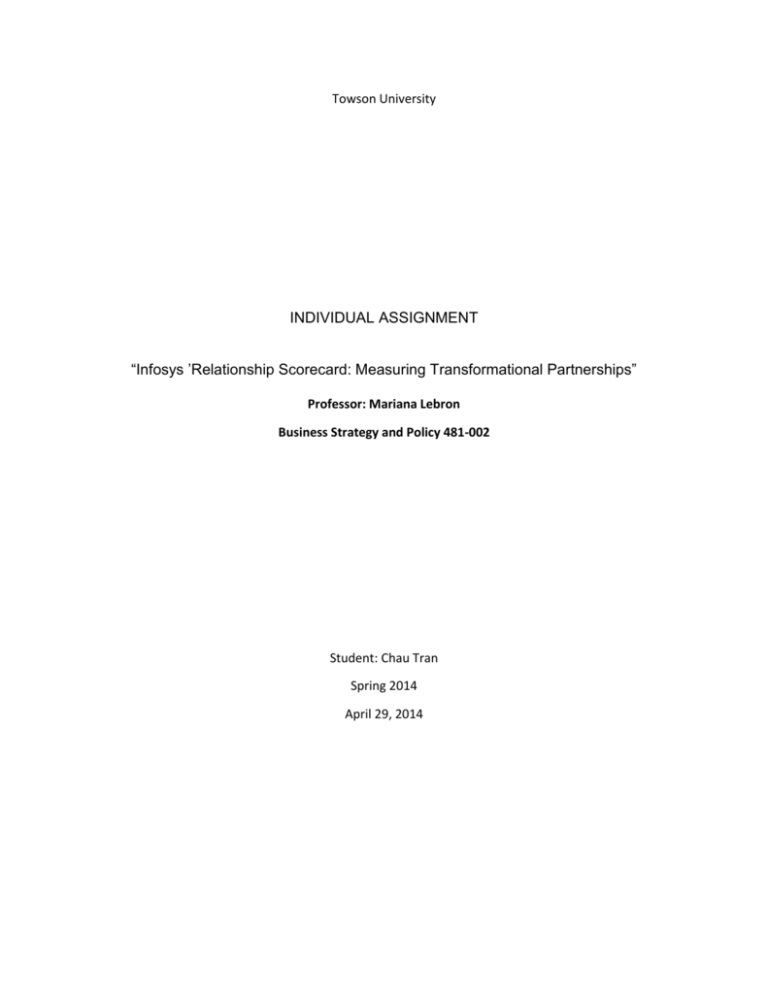
Towson University INDIVIDUAL ASSIGNMENT “Infosys ’Relationship Scorecard: Measuring Transformational Partnerships” Professor: Mariana Lebron Business Strategy and Policy 481-002 Student: Chau Tran Spring 2014 April 29, 2014 Infosys is a company founded in 1981 which provides full range of software services to global clients. Its headquarter located in Bangalore, India. From a limited capital company in its early years, Infosys took the advantages from its human capital to provide skilled people to perform software projects. It is active in adopting the demand from global customers in the industry. Beside the Infosys’ secret to success through its differentiation strategy, objectives and core competencies, the company’s executive board plays an essential role in creating sustained competitive advantages through their decision making and leadership. Infosys is functioned on helping enterprises transform and thrive in a changing world through strategic consulting, operational leadership, and the co-creation of breakthrough solutions, including those in mobility, sustainability, big data, and cloud computing. (Infosys, 2014). In order to understand the strategies that Infosys implements to achieve its goals, I would like to review Infosys’ vision and mission statement which describes what Infosys would like to become and then develop the strategies to accomplish its goals. Vision “To be a globally respected corporation that provides best of breed business solutions, leveraging technology, delivered by best-in-class people”. (Infosys Sustainability Report, 200809).Mission “To achieve our objectives in an environment of fairness, honesty, and courtesy towards our clients, employees, vendors and society at large”. (Infosys Sustainability Report, 2010-11). According to Gopalakrishnan- the Infosys CEO, more than 90% of the company’s revenue come from repeat business which needs the innovations while sharing resources. (Martinez-Jerez et al., p. 6, 2008). Considering the information about Infosys from the case study; I conclude that Infosys has the functional structure with the decentralized authority and at the low level of 2 business diversification which is dominant in the software and technology to its global customers especially with the end-to-end solution. Using the differentiation strategy means Infosys has to increase customers’ loyalty while decrease their sensitivity to price. (Ireland, R. D., &Hoskisson, R. E., p. 104, 2012). Therefore, Infosys has emphasized on the complexity of solution portfolio from customers. Furthermore, they achieve the differentiation through the combination of their products and services. They also have to focus on new and emerging markets to broaden its customer base and minimize risks while maintaining its market position as well as growth. To approach the global customers to create more value for them than its competitors, Infosys implements some different strategies from Balance Scorecard (BSC) to Relationship Scorecard (RSC), which are applied for internal structure and external structure respectively. Especially, RSC requires the company a deeper level of involvement with the customer relationship in order to increase revenue as well as returns. In particular, Infosys expects to gain the credits from limited number of large organizations throughout the world. Understanding that the basic resource of a firm’s competitive advantage and strategies depend on those resources, Infosys evaluates their team’s abilities and skills as well as its accumulating experiences. The Infosys team has showed their abilities to deliver the end-to end solution by their incredible past records in maintenance of software and client referrals. Moreover, the implementation and maintenance of the e-procurement software through different projects are considered effectively. The team also created a unique culture based on Infosys principles which represented open and transparent culture. Ireland and Hoskisson define the core competencies as the capabilities that the firm emphasizes and performs especially well while pursuing its vision. (p. 81, 2012). Infosys has created its own 3 core competencies which qualify for the characteristics to lead to competitive advantages. They are the values to its customers by enhancing the customer experience as well as responding to customers’ need for complex product configuration. Infosys has upgraded its competencies and reputation in providing end-to-end solutions and has proven the Global Delivery Model (GDM). Unfortunately, the other IT organizations tend to follow the low cost strategy which makes it difficult for Infosys to compete. On the other hand, the expansion of the technology industry requires the differentiation in the organization employees and strategy themselves. In return the competition, Infosys focuses more on quality of human capital in order to keep the value provided to customers and to protect the “leaking” of high skilled employees to its competitors.Therefore, the company emphasized on selecting candidates with superior academic records and technical skills. Because Infosys’ customers are in different countries, RSC also needs to engage in international marketing in order to get closer to customers’ expectations and exclude the blunders in doing business. It is also important for Infosys to assess the culture in the target country and understand the differences with respect to their own culture. This will help them to adjust to the new culture and conduct business smoothly. Nevertheless, Infosys’ customer relationship strategy keeps it maintain different types of relationship within its portfolio. The transactional interaction and one-off projects still require Infosys the complex, high level work. The insistence, determination and the quality of projects are the keys to unlock customers’ loyalty. The relationship with Infosys’ customers was built with simple projects over time and through active relationship management. (Martinez-Jerez et al, p.7, 2008). Infosys acknowledges its responsibility to its team members who transfer Infosys’ core competencies. With the position of stakeholders, Infosys employees are supported with training 4 programs and stable evaluations from supervisors. Besides, the bonuses and compensation are conducted on the job based evaluation. Looking at Infosys Organizational Chart (Martinez-Jerez et al, Exhibit 5, 2008), it shows that the authority is decentralized and each unit is specialized by its function. However, the specialization is quite low in order to create the flexible working conditions of employees. With the characteristics of a technology organization, Infosys employees can work with their initiatives as long as they complete the assigned duties at the high rate of effectiveness. They share the values which are encouraged inside Infosys such as leadership, integrity and innovation. On the sale level perspective, the solutions are conducted by the account manager which is a motivation for salespeople to move on. The hurdle for Infosys is the competition from other global consulting majors who are developing their off-shore capabilities. According to the definition in the Business Strategy textbook, “Having a competitive advantage means that the firm is using its resources, capabilities and core competencies in ways that create more value for customers compared to the value competitors’ products create for those customers.” (Ireland, R. D., &Hoskisson, R. E., p. 83, 2012). Infosys’ sustained competitive advantage is the loyalty from its customers who are connected with the company through the long term contracts. Standing on the Infosys side, the firm always find the best solutions and innovation to meet its customers ‘demands and therefore create more values and benefits for them. Customers’ satisfaction will lead to customers’ loyalty. Strategic leadership involves developing a vision and supportive style for the firm, designing strategic actions to achieve this vision, and empowering others to carry out these strategic actions. Therefore, Infosys is operated under the control of the top managers who have been together since the date of its foundation. The long lasting relationship helps Infosys maintain its organizational culture, that is described as “An organizational culture is based on the core values 5 of an organization that are largely espoused by its leaders” (Ireland, R. D., &Hoskisson, R. E., p. 34, 2012). Infosys top management team includes six members of the board and the seven Independent Directors to assure the clear lines of authority. On the other hand, Infosys wants to see things differently and from the vary perspectives. Furthermore, there is annual planning process when the current strategy is reviewed to develop the strategy maps by the discussions with each executive team member (Martinez-Jerez et al, p.10, 2008). This approach not only prevents the collision of conflicts among the team members but also allows an objective opinion. Especially those members are considered to have the same background or homogeneous group. The challenge in 2001 is an example for the efficiency and decisive decision making of Infosys team leaders when they decided to develop an integrated structure to manage its unprecedented size, complexity in revenue sources. In conclusion,the competition is getting more severe because of the increase of potential entries which make the substitutes abundant. The issue of competition encourages the power of buyers. Therefore, Infosys is creating values by leveraging its core competencies. Moreover, a blended rate of measurable benefits for its employees is needed to attract more IT talented and high skilled engineers to meet the customers’ demand. However, it is difficult to sustain any one’s competitive advantage in the era of competition. It is expected that Infosys should apply the Experience curve effect or Economies of learning to be able to deliver faster results than its competitors. Infosys’s differentiation strategy in a high threat industry like Information technology requires the combination with the diversification strategy and innovation. 6 References Infosys. (2014). Retrieved on April 19, 2014 on http://www.infosys.com/about/Pages/index.aspx Ireland, R. D., &Hoskisson, R. E. (2012). Understanding business strategy: concepts plus (3E [i.e. 3rd ed.). Mason, OH.: South-Western Cengage Learning. Martinez-Jerez, Francisco de Asis, Robert S. Kaplan, and Katherine Miller. Infosys' Relationship Scorecard: Measuring Transformational Partnerships.Harvard Business School Case 109-006, July 2008. (Revised April 2014.) 7
